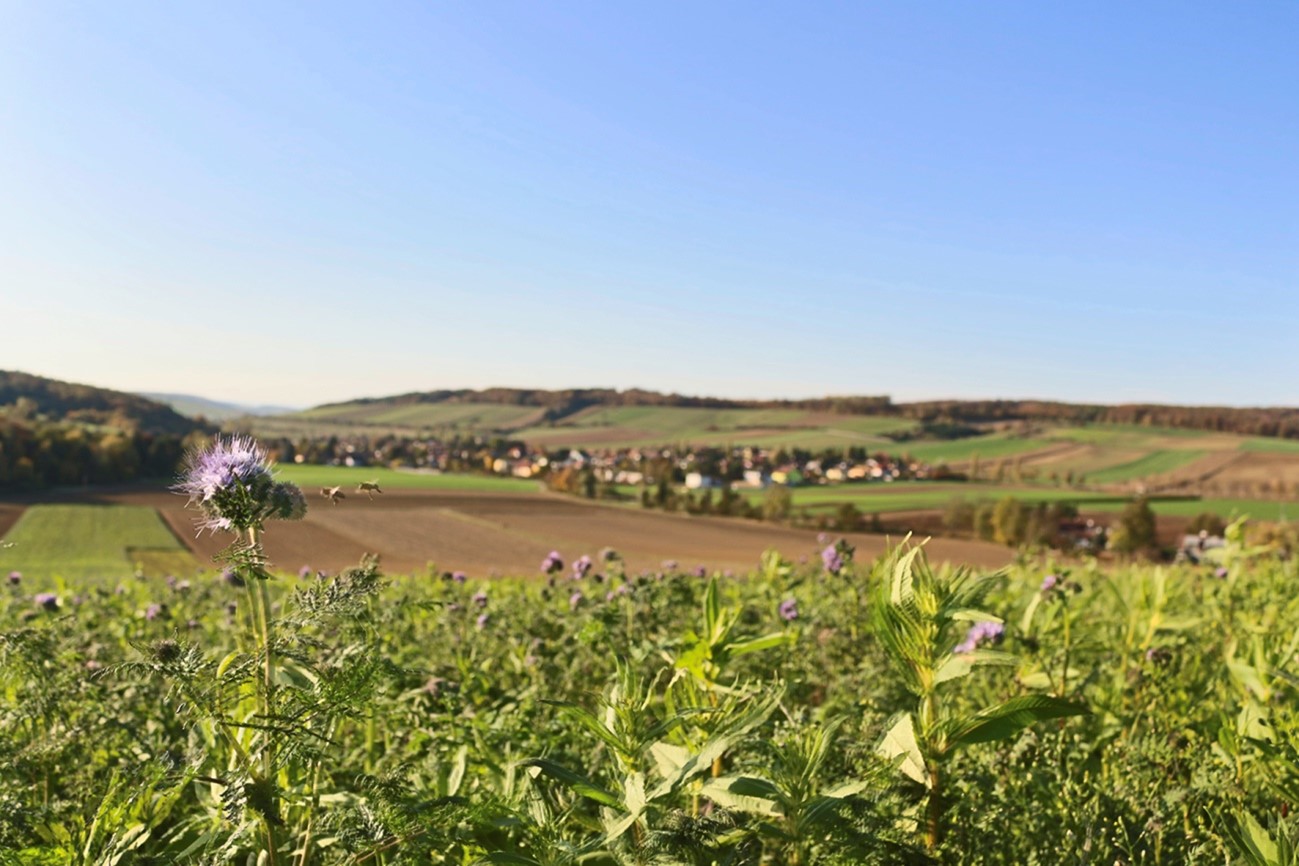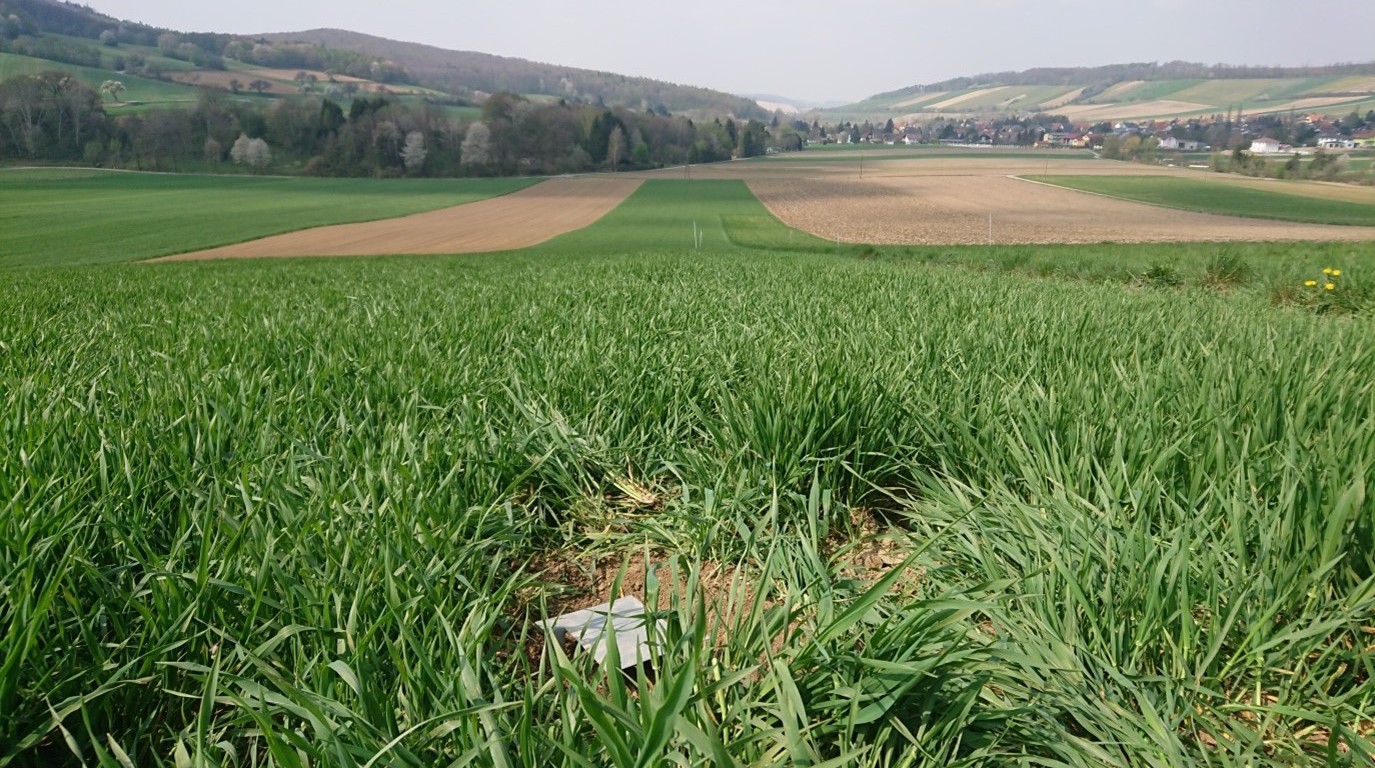New research by Maas and colleagues shows how the interplay between species-specific traits, functions, and services can inform more targeted, sustainable management of agricultural biodiversity.
Agricultural biodiversity is declining worldwide, and its conservation does not work through one-size-fits-all solutions.
Species respond differently to agricultural developments and new management measures, depending on their individual characteristics – which has major implications for the management of species-specific functions that are essential to all areas of environmental, economical and societal sustainability.
Our three-year field research project called “Re-establishing grasslands to promote farmland biodiversity and key ecosystem services” [REGRASS] was located in Lower Austria, about an hour’s drive west of the capital Vienna.
In close cooperation between agroecologists, zoologists, botanists, farmers and landscape managers, we developed and tested new approaches for agri-environment schemes (AES). Specifically, our goal was to investigate whether and how narrow, semi-natural grassland strips improve the conservation of agricultural biodiversity and associated functions.
To establish the semi-natural grassland strips, we used seed mixtures with a similar species composition to old, semi-permanent grasslands in the study area. These old grasslands harbour much of the remaining agricultural biodiversity, but have declined sharply since the abolition of subsidized arable set-aside in Europe in 2008.
As agricultural subsidies in the European Union do not provide plant diversity comparable to old grasslands, associated biodiversity and functions are disappearing with them. Our seed mixtures contained mainly common species that were sown into the agricultural matrix to establish grassland strips, measuring ten meters wide and 135 meters long.
The work required in establishing these grassland strips was comparable to efforts needed to establish less diverse conservation measures or agri-environment schemes. Funding of seed production networks could therefore make this method applicable and part of AES on a large scale.
So far – so good. But can these new grassland strips also promote agricultural biodiversity and economically relevant functions that in turn contribute to food production – and thus to sustainable agricultural development?

Over three years, we used a combination of standardized point counts, sweep net sampling and pitfall traps to determine how different plant, pollinator, and predator species spread into the new grassland strips.
With a focus on carabids, spiders, bees and hoverflies, we also determined relevant characteristics of each recorded species, such as measurable body size, to species-specific feeding and habitat preferences. These traits were considered in our statistical analysis and revealed valuable insights for improving biodiversity management and conservation efforts in agricultural landscapes.
Our results show that biodiversity management measures can be simple, but that they can also take time. Pollinators, such as bees and hoverflies, and predators such as carabid beetles and spiders respond to grassland strips – but rather slowly and depending on their functional traits. The more mobile, larger and actively hunting species moved more quickly and in greater numbers between the older meadows, wheat fields, and newly established grassland strips than species with different traits.

Despite the expansion of agri-environmental schemes under the Common Agricultural Policy in the EU, with a budget of €365 billion for the period 2021-2027, agricultural biodiversity is rapidly declining and needs improved protection.
The loss of fallow land and increase in monocultures is having a particularly damaging effect on agricultural biodiversity and its valuable functions. Our findings clearly show that grassland strips can play a promising role in the diversification of farming landscapes. However, these alone are not sufficient for effective biodiversity conservation in agricultural landscapes. Instead, this can only be achieved though the promotion of permanent habitats and implementation of long-term conservation measures.
Read the full Open Access article Functional traits driving pollinator and predator responses to newly established grassland strips in agricultural landscapes in Journal of Applied Ecology
